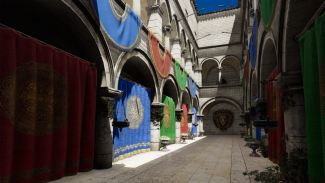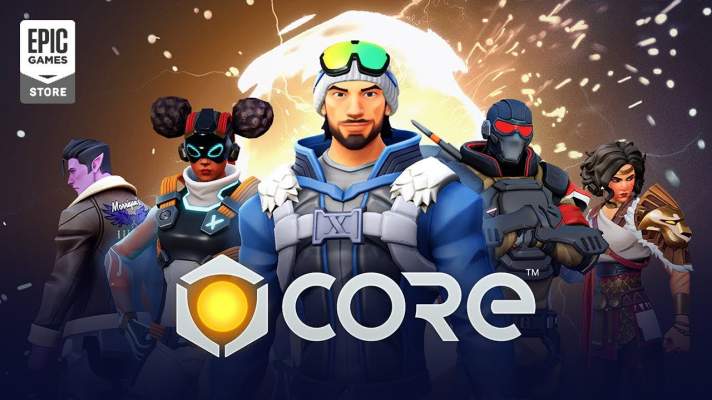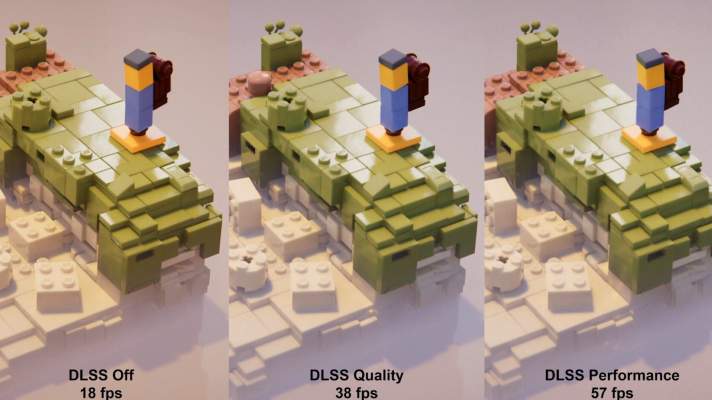Surprisingly, Helldivers II has been built on Autodesk Stingray — the engine discontinued in 2018. There won't be new projects on it since you can no longer get it legally — in 2018 it turned into 3Ds Max plugin and in 2022 even this form was discontinued as well. And players are now concerned if the studio will be able to keep up with the development of such a popular game since their primary tool is dead.
Development

It took almost two years for the original idea to come together: Godot Engine version 4.0, as well as 3.4 will have the full support for 64-bit files and computations. This means that instead of 2.1 Gigabytes, you will be able to use files up to 9.2 · 10⁹ Gigabytes in size.
Given the popularity of Roblox, it's no surprise that Core Games more advanced 'No-Code' sandbox has united a huge audience in a matter of months. Now the amazing tool is out on the Epic Games Store / EGS. And this is great, because game creators from the community will be able to make money on the new project.
At NVIDIA GTC 2021, the Unity game engine team announced native DLSS support, that will be available for all users since version 2021.2. DLSS is a smart image processing technique to get high resolution output from a low resolution source. The quality is slightly worse, that what native resolution can produce, however, the frame rate rises significantly.

For over five years, Amazon has been developing its own fork of CryEngine, flavored with AWS services. Over the years, Lumberyard has moved away from its origins and now it's time to change the render: meet a completely new physically-based Atom render.


